Hasselblad XCD 90V review: the finest lens Hasselblad has ever made
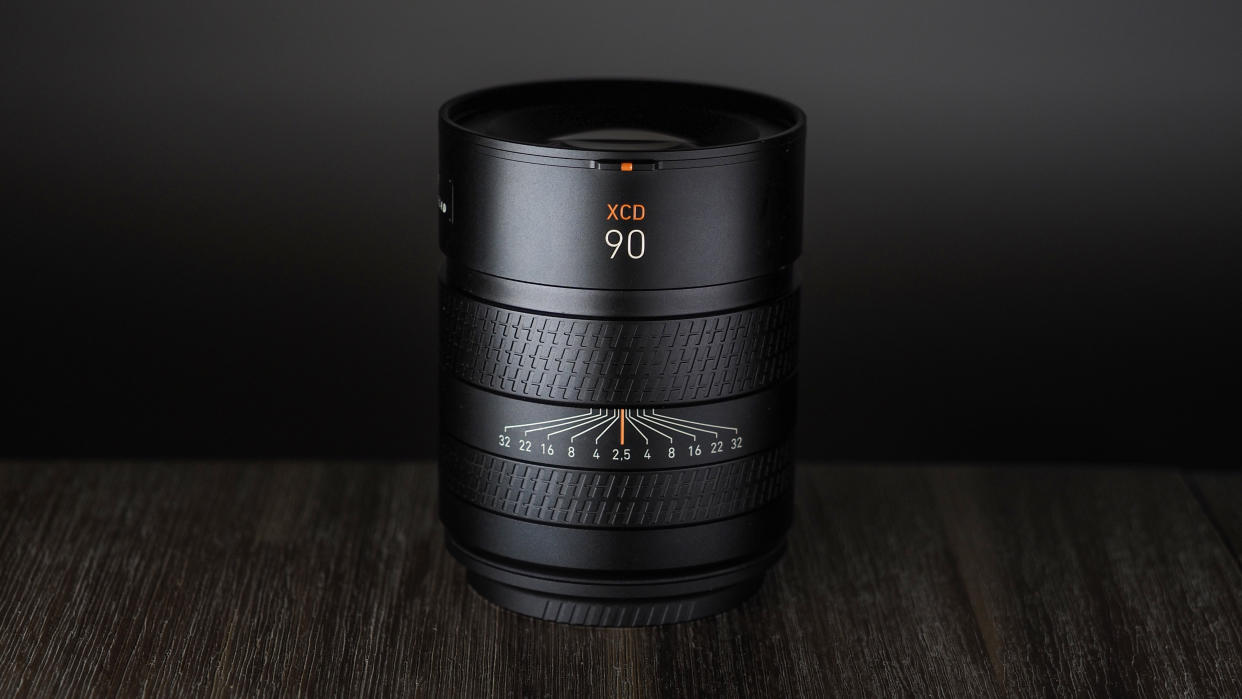
To call the Hasselblad XCD 90V lens eagerly anticipated would be quite the exercise in litotes. Announced alongside the Hasselblad X2D 100C back in 2022, X system users have been waiting patiently – but I can safely say that the patience has paid off, as I firmly believe that this is the best lens in the XCD lineup.
And the Hasselblad XCD 90V actually has a surprising amount of competition. First of all from the company's own first-generation lens, the XCD 90 f/3.2, but also from third parties, as TTArtisan makes a 90mm f/1.25 for the X mount. It won't surprise you to know that the best Hasselblad lenses are made by Hasselblad itself, but the XCD 90V truly sets new standards – even by lofty Swedish standards.
With an effective 71mm focal length in full frame terms, and a fast f/2.5 aperture that’s roughly equivalent to f/1.98, this light telephoto lens is ideal for still life and particularly portraiture – especially with the face detection AF capabilities of the X2D and Hasselblad 907X & CFV100C (I used both cameras to test this lens).
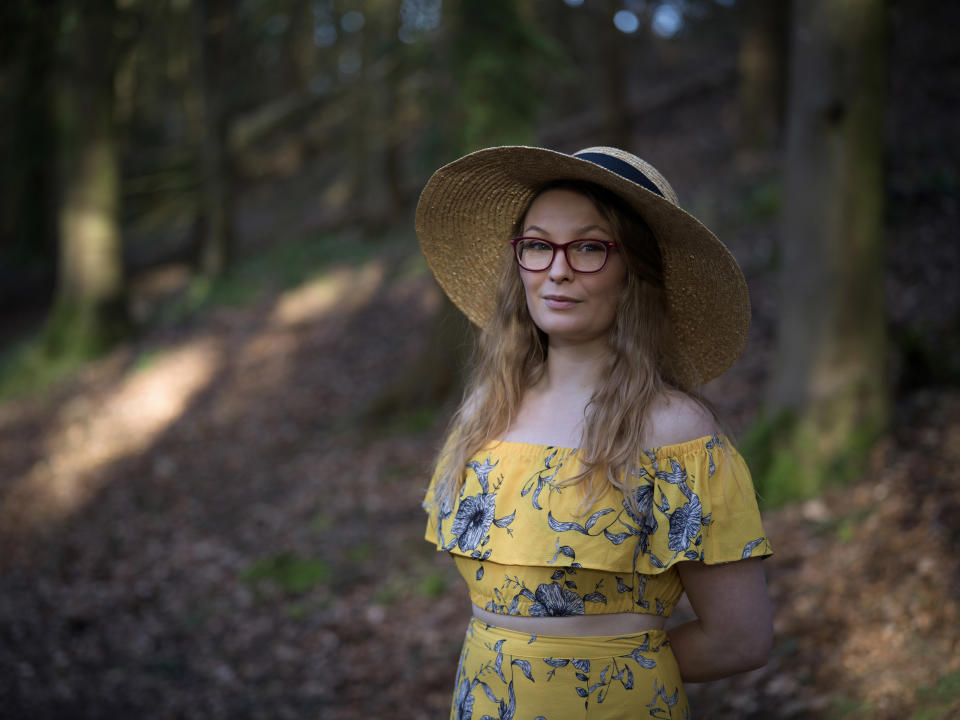
Hasselblad XCD 90V: Specifications
Hasselblad XCD 90V: Price & Availability
Despite being announced in September 2022, shipping didn't begin until the end of 2023 – and availability remains thin on the ground, as the Hasselblad XCD 90V is on back-order almost everywhere.
The lens retails for $4,299 / £4,059 / $6,889, which is somewhere in the middle of the price range for XCD lenses.
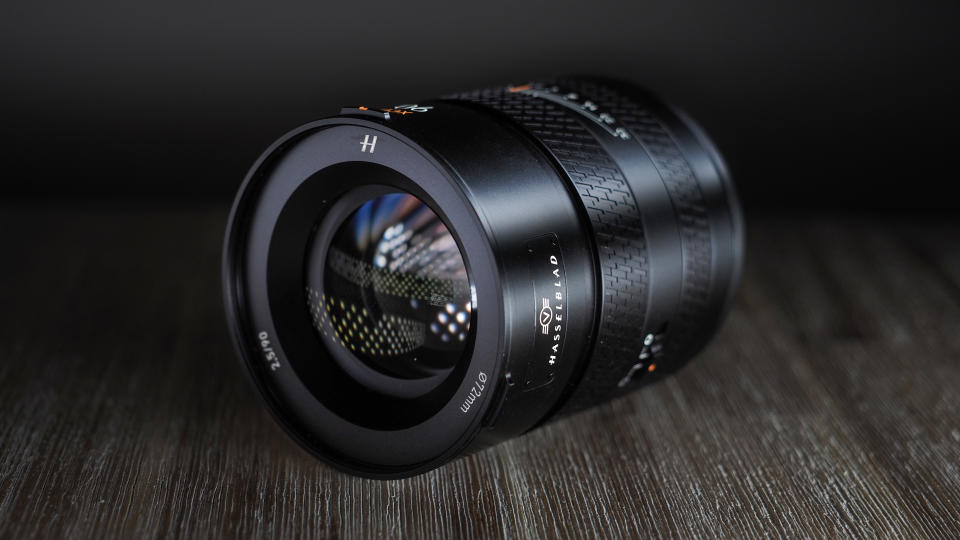
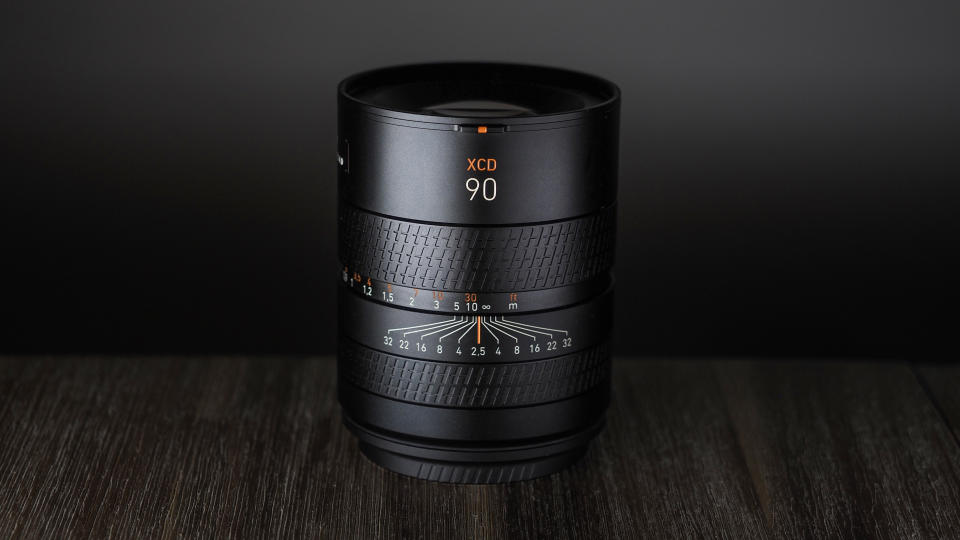
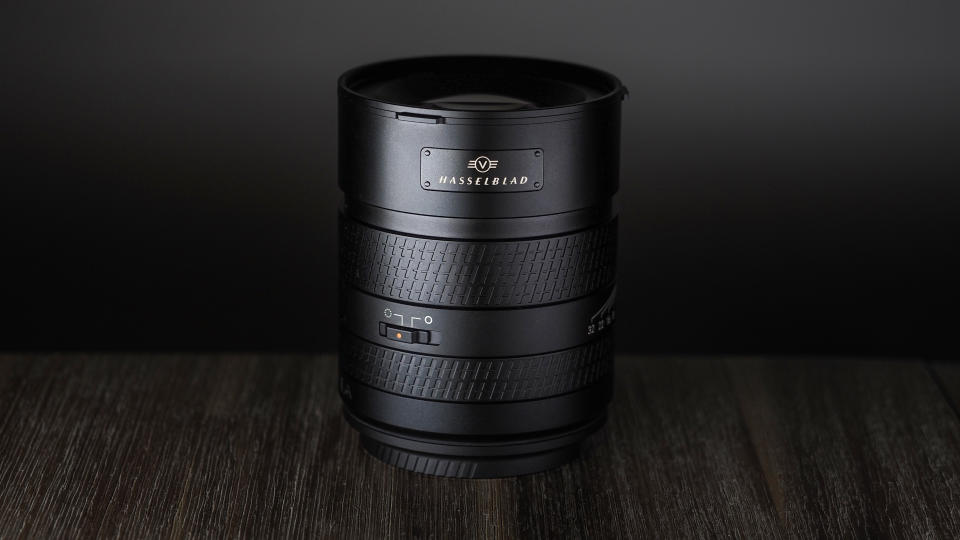
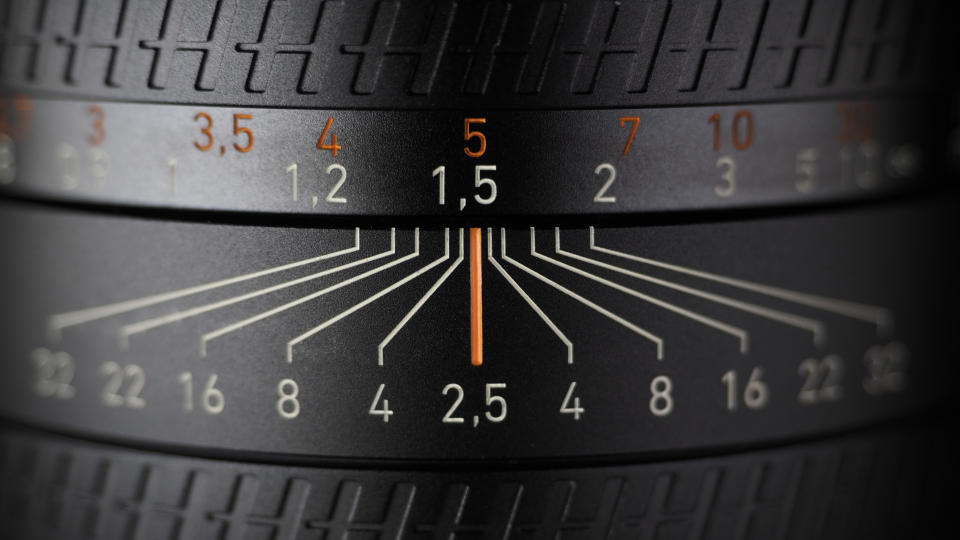
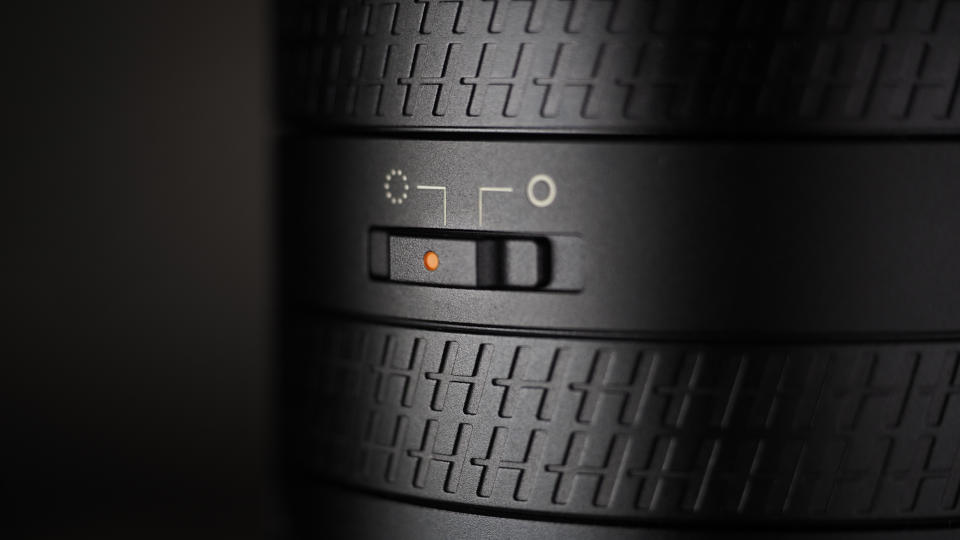

Hasselblad XCD 90V: Design & Handling
Where the brand's first-generation X System lenses had a more minimalistic design (which occasionally skewed a little avant-garde, such as the tulip-shaped 65mm lens), a new aesthetic has been implemented for the line of V optics (also comprising the 38V and 55V) – and the Hasselblad XCD 90V continues this retro-modern look.
Rather than the sleek, stealthy, all-black appearance of previous lenses, the V series has the focal length boldly (and helpfully) emblazoned on the side above a manual focus scale – all in white lines and text, accented with a pop of fizzy orange.
Not only do the V lenses share a matching aesthetic, they also share matching practicalities – such as the same 72mm filter thread, to make your setup more uniformly useful, and the same gloriously tactile manual focus clutch that engages silky smooth fingertip focusing.

Also common to the V series is the customizable control ring, which can toggle between clicked and de-clicked at the flick of a switch depending on your preference (personally I love using it as a clicked aperture ring).
The final commonality is the V series’ upgraded leaf shutter, which Hasselblad refers to as a "close-only shutter" (as opposed to the traditional "open/close shutter" required by DSLRs and film cameras). The new mechanism is optimized for closure speed, which is more pertinent to modern mirrorless sensors, achieving 1/4000 shutter speeds via a redesigned motor and smaller exposure unit.
As noted, this is Hasselblad's second 90mm lens for the X System. Obviously the 90V, at f/2.5, is faster than the original f/3.2 lens, and it also has a superior optical formula with 9 elements, including 1 aspherical, in 6 groups (compared to the previous 10 elements in 8 groups).
The lens comes with a matching shade (hood) finished in the same beautiful brushed black metal as the body.
AstrHori 25mm F2.8 Macro 2.0x-5.0x: Photo Performance
Hasselblad has made some glorious glass over the years, but I think the XCD 90V is absolutely its finest hour. This is the lens that 100MP image sensors were made for, and the lens that the X2D and CFV100 truly deserve.
If there's a flaw in this lens, I can't see it with my naked eyes nor any degree of pixel peeping – and our lab manager Ben can barely find a blemish with diligent lab testing, either. I think this might actually be a perfect lens… and I don't say that lightly.
With an aperture this large on a sensor this big, you're going to get blurry backgrounds. But the quality of that out-of-focus rendition, the silky smoothness of the transitions, the super-subtle almost Petzval-like quality to the bokeh (see the image below) – this delivers some of the most exquisite subject separation I've ever seen.
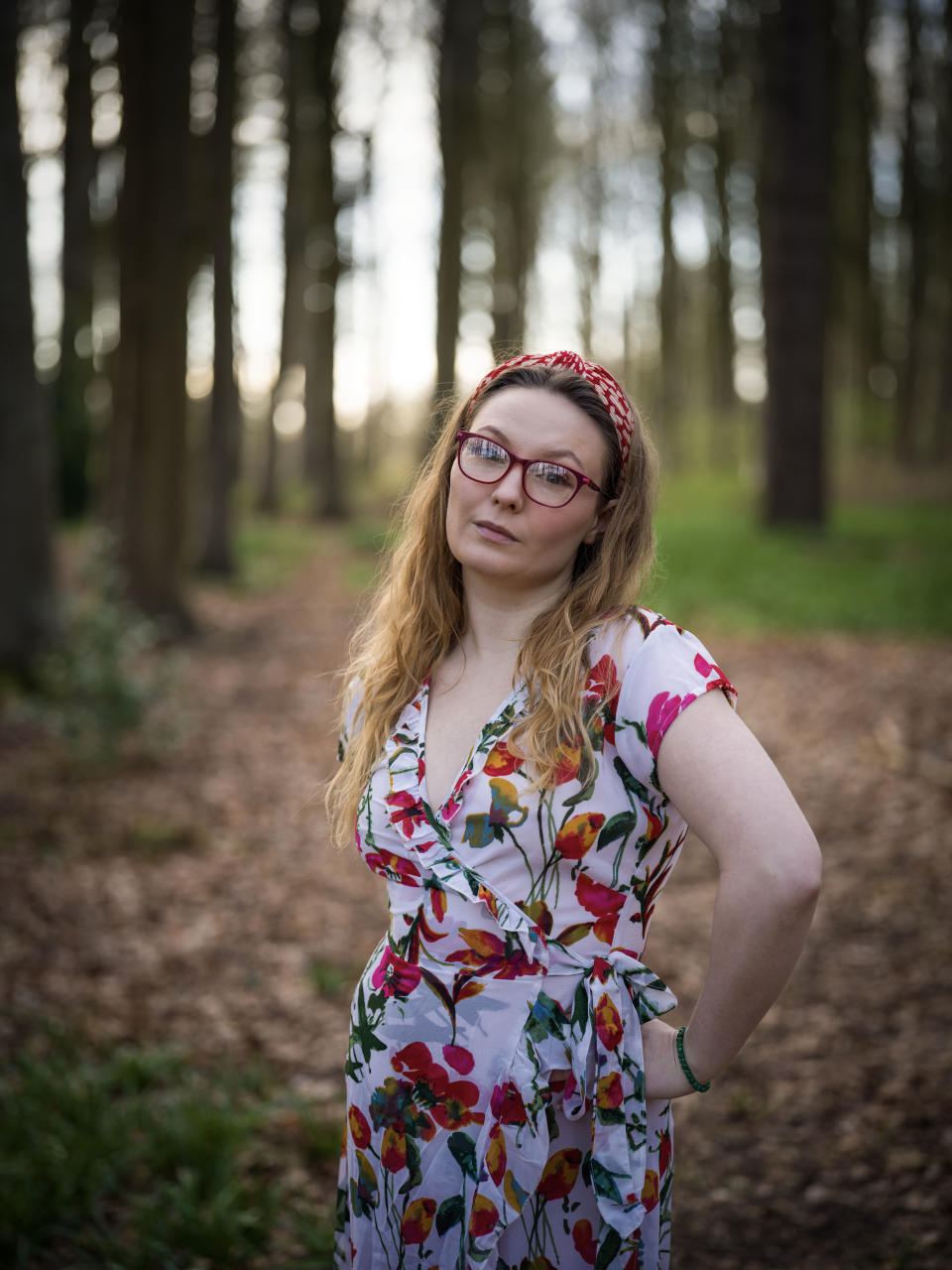
Contrast and micro-contrast are sensational, too, as the phenomenal optics inside the 90V conspire with Hasselblad's incredible imaging engine to deliver dimensionality and "pop" that sculpt and shape your scene and subject.
Focus is nice and snappy, and works wonders with the face detect AF system on Hasselblad's latest cameras. I've tested this lens in studio settings, dim street portraits and patchy outdoor lighting conditions, and the focus always keeps up.
Of note, some users have reported an abnormally loud shutter on the 90V – but it's no louder than the other V lens I've been shooting with recently.
In short, I literally have zero complaints with its performance!
Hasselblad XCD 90V: Sample Images
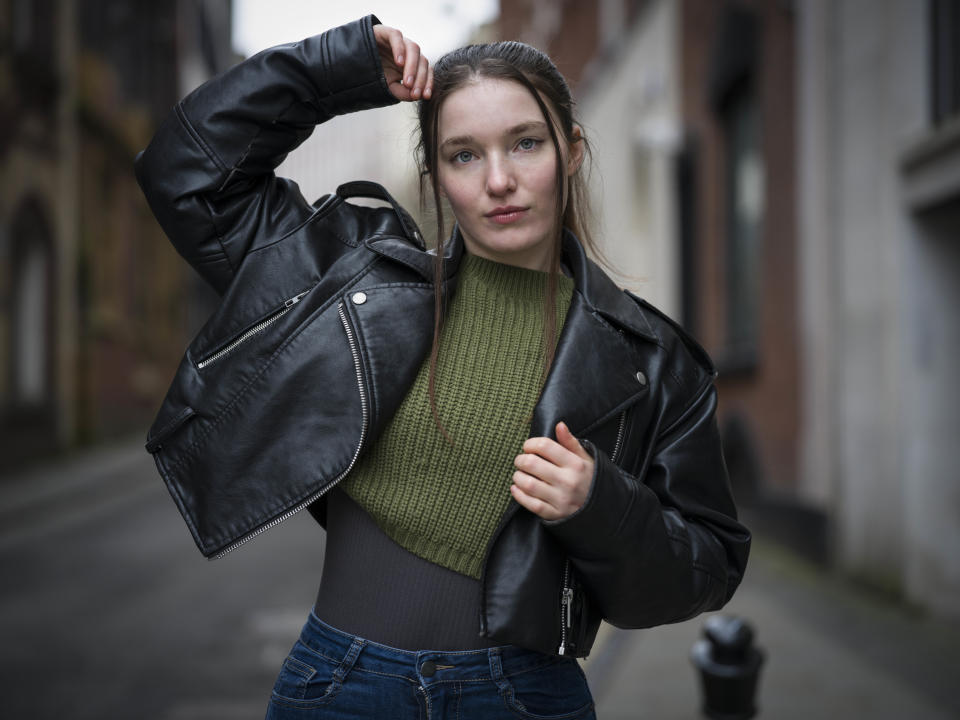

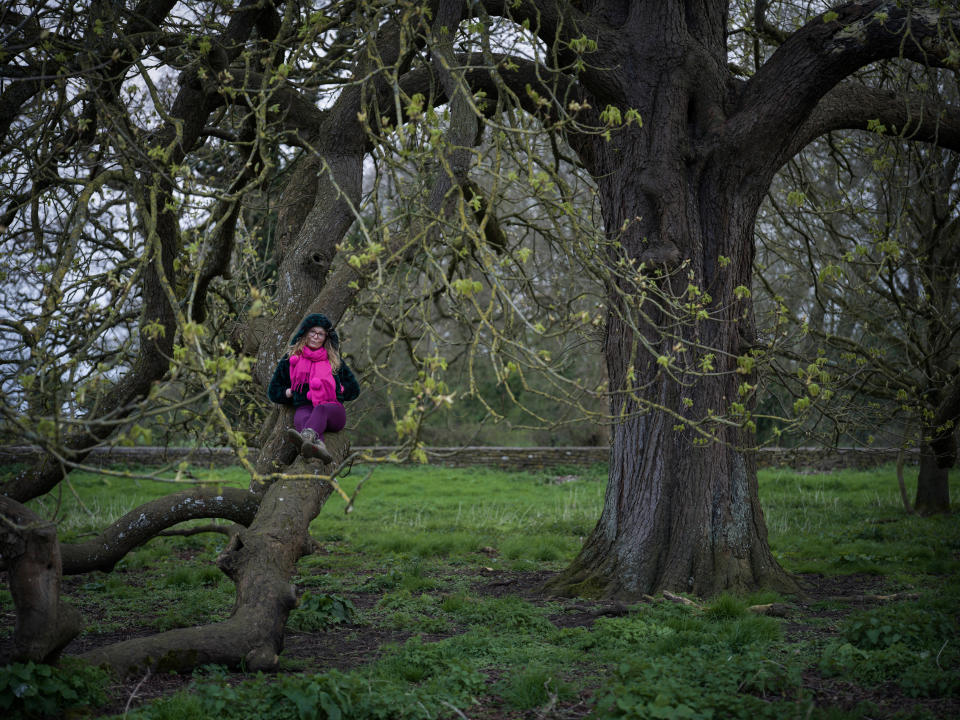
Hasselblad XCD 90V: Lab Results
We run a range of lab tests under controlled conditions, using the Imatest Master testing suite. Photos of test charts are taken across the range of apertures and zooms (where available), then analyzed for sharpness, distortion and chromatic aberrations.
We use Imatest SFR (spatial frequency response) charts and analysis software to plot lens resolution at the center of the image frame, corners and mid-point distances, across the range of aperture settings and, with zoom lenses, at four different focal lengths. The tests also measure distortion and color fringing (chromatic aberration).
Sharpness:
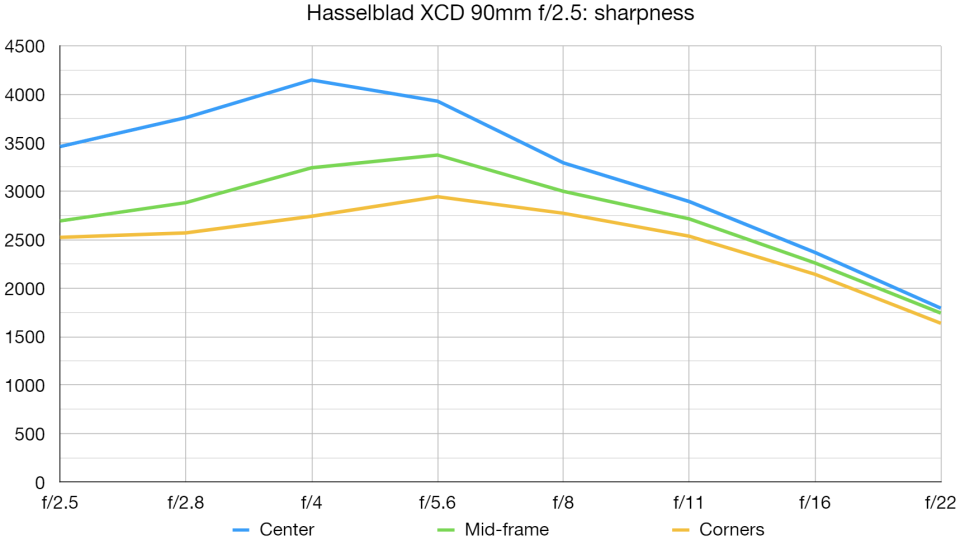
This is quite possibly the sharpest lens we've ever lab tested! Center sharpness is simply sensational up to f/11, and is potentially record-breaking at f/4. Mid-frame and corner sharpness are almost as good. In fact, this lens is as sharp in the corners as many lenses could hope to be in their central region – the XCD 90V really is in a different league.
Fringing:
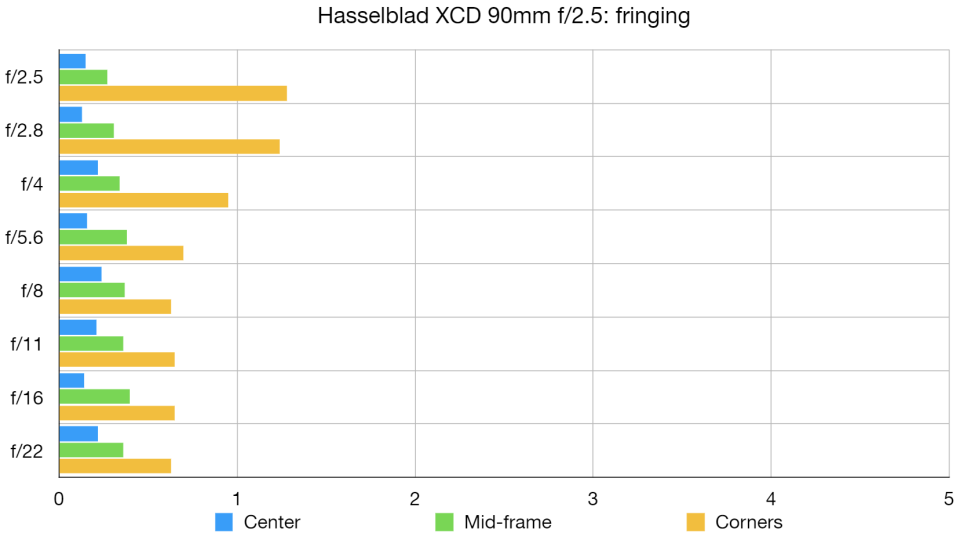
Color fringing just edges into visible territory in the corners of frame when shooting at large apertures, but it's not concerning.
Distortion: 0.14
There's barely a trace of pincushion distortion – for all intents and purposes, this is a zero-distortion lens.
Hasselblad XCD 90V: Verdict
I've used a lot of lenses over the years, and a lot of portrait lenses in particular, from cheap and cheerful Chinese character glass to premium-priced pro optics. But I have never, in decades of using lenses and half a decade of reviewing them, come across anything quite like the XCD 90V.
Hasselblad has made some glorious glass over the years, but this is absolutely the best lens it has ever produced. It's wonderful to use, it renders like a dream, and if you take portraits in any way, shape or form then this is something that you absolutely must have in your bag.
Should you buy the Hasselblad XCD 90V?
✅ Buy this...
Unparalleled sharpness
Glorious rendering and "pop"
Breathtaking bokeh
🚫 Don't buy this...
Premium price tag
That's about it
Seriously
Alternatives

The older Hasselblad XCD 90mm f/3.2 is the most direct alternative, being identical in focal length. However, its aperture is considerably slower and it's also heavier and a smidge bigger. The 90V is the superior performer.

At an equivalent 105mm, the Hasselblad XCD 135mm f/2.8 is a more classic portrait focal length – and can be purchased with or without the X Converter 1.7 that turns it into a 230mm (178mm) f/4.8 lens. The 90V is far more versatile.
Take a look at the best Hasselblad cameras, which are among the best medium format cameras available.

